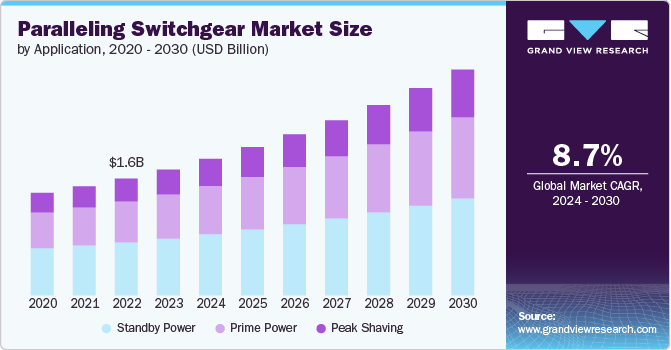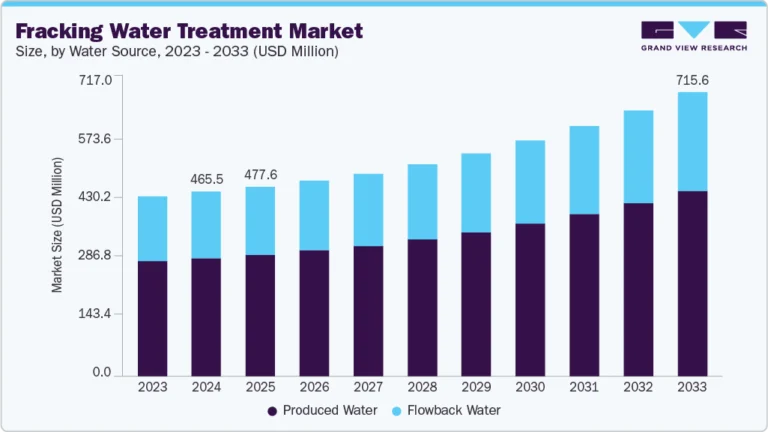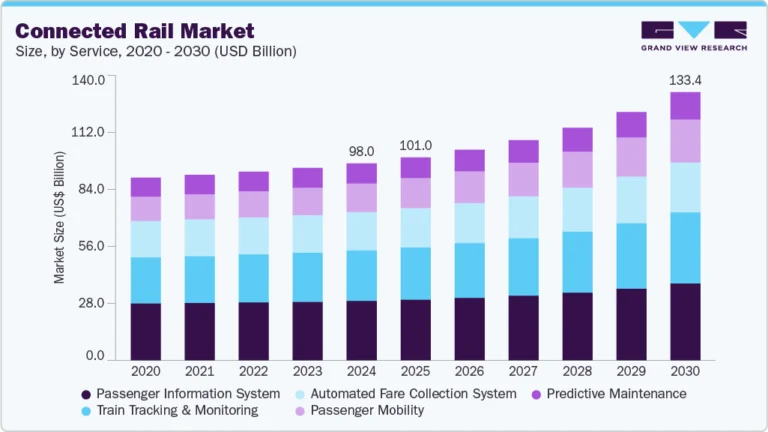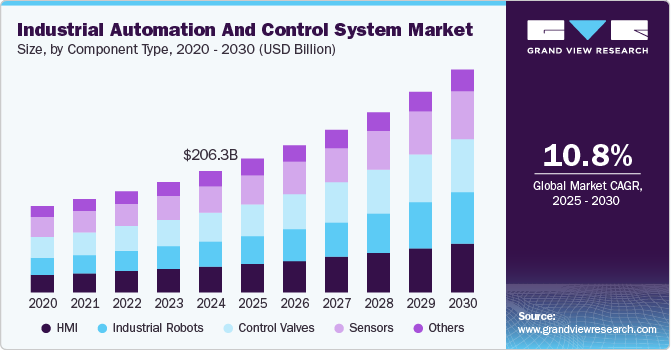Advanced Battery Market Size, Share & Trends Analysis growing at a CAGR of 10.5% from 2025 to 2030
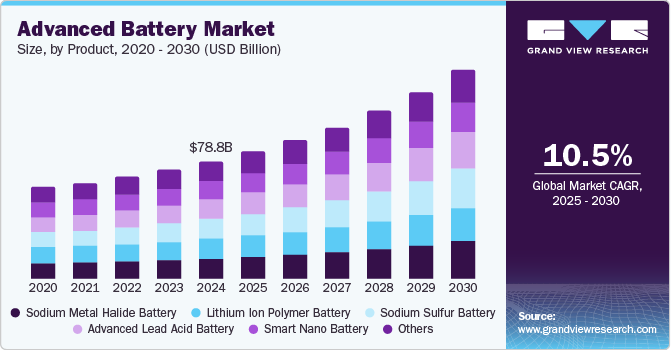
The global advanced battery market size was valued at USD 78.8 billion in 2024 and is projected to grow at a CAGR of 10.5% from 2025 to 2030. This growth is driven by the rapid adoption of electric vehicles (EVs), which require high-performance batteries for efficient operation. In addition, the increasing demand for energy storage systems, particularly for renewable energy sources such as solar and wind, is propelling market growth. Advances in battery technology, such as improved energy density, longer lifespan, and faster charging capabilities, are also playing a crucial role. Furthermore, the growing consumer electronics sector, which includes smartphones, laptops, and wearable devices, continues to drive the need for advanced batteries.
Request a free sample copy or view report summary: https://www.grandviewresearch.com/industry-analysis/advanced-battery-market/request/rs1
Regulations are crucial in shaping the global advanced battery market, ensuring safety, sustainability, and innovation. For instance, the European Union’s Battery Regulation (2023/1542), which came into effect in February 2024, aims to create harmonized legislation for the sustainability and safety of batteries. This regulation mandates stricter standards for the entire battery value chain, from raw material extraction to end-of-life management. In the U.S., the Department of Energy (DOE) has introduced various initiatives and funding programs to support advanced battery research and development, such as the Battery 500 Consortium and the Joint Center for Energy Storage Research (JCESR). These programs aim to accelerate the development of next-generation battery technologies. Moreover, China’s New Energy Vehicle (NEV) subsidy policy has been instrumental in promoting the adoption of electric vehicles and advanced batteries, driving significant market growth.
Product Insights
The sodium metal halide battery segment accounted for the largest share of 17.3% in 2024, driven by its high energy density, long cycle life, and stability. These batteries are widely used in grid energy storage and renewable energy applications, where they help manage the intermittent nature of power generation from sources such as solar and wind. The demand for sustainable and reliable energy storage solutions has significantly contributed to the growth of this segment. In addition, advancements in material science and manufacturing processes have improved the performance and cost-effectiveness of sodium metal halide batteries, making them a preferred choice for large-scale energy storage projects.
The sodium sulfur battery segment is expected to grow at a CAGR of 12.5% from 2025 to 2030. This growth is primarily driven by the increasing demand for renewable energy storage and the need for high-capacity, long-life batteries. Sodium sulfur batteries offer high energy density and the ability to operate at high temperatures, making them ideal for grid stabilization, load leveling, and peak shaving. The global push towards carbon neutrality and the adoption of EVs is also contributing to the rising demand for sodium sulfur batteries. Government initiatives and favorable policies supporting renewable energy and energy storage further boost the market growth for this segment.


